Soil Health
Exploring The Vital Link - Soil To Life
The Importance of Soil
“ We know more about the movement of celestial bodies than about the soil underfoot ”
– Leonardo Da Vinci
Although the above quote is a couple hundred years old now, it highlights a crucial gap in human knowledge, one that exists to this day. While a lot has been learned since then, the number of discoveries which continue to be made tells us that we are still only scratching the soils surface.
Studying nature is extremely difficult because of the sheer number of variables and the interactions between them. Scientists generally use a reductive approach, in other words, to break a system down into its fundamental pieces, and study that aspect in isolation. Unfortunately, this is seldomly representative of the real world, and it has led us to many false conclusions or misunderstandings about how these natural systems really work.
At Talborne Organics, our philosophy is to be humble in front of nature, marvel at the complexity and beauty in its design, and accept that we cannot and should not try to control it. We believe in learning from nature and solving nature’s challenges with nature’s solutions.
We are enthusiastic about learning from other people, and we share our knowledge openly. We don’t claim to know it all, but in the 22 years of Talborne Organics experience we have learnt a lot, in theory and in practice. In this section we aim to share some basics of soil and plant nutrition which all growers need to know and understand.
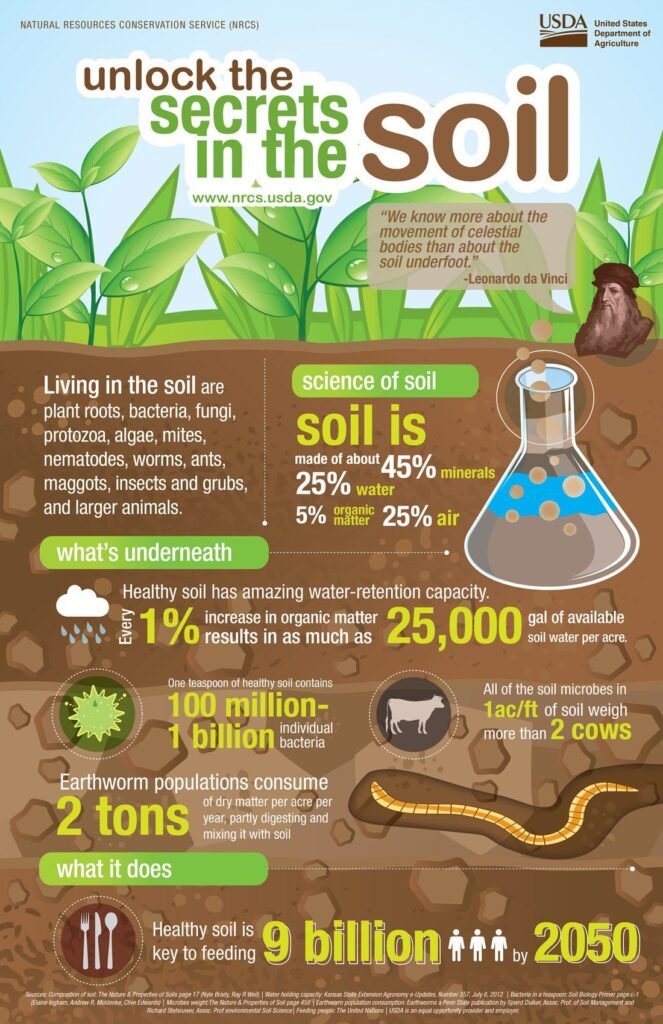
Understanding Soil
To better understand what soil is, and how it works, it is useful to break it down by its three main properties:

Until recently, Soil biology has been the most overlooked aspect of soil and agriculture, yet it is surely the most important. For millennia, plants, soil microbes, insects and other diverse forms of life have lived together and developed incredibly complex & synergistic ecosystems. Bacteria and Fungi are the most basic building blocks of the soil food chain. They perform critical functions such as:
- Nutrient cycling, including fixing atmospheric Nitrogen into forms that can be taken up by plants
- Breaking down organic matter
- Releasing nutrients that are bound in parent rock / sand particles
- Transporting water and nutrients to the plant from areas outside of the plant’s root zone
- Protect plants from disease-causing pathogens.
- Produce plant vitamins and growth stimulating hormones
- Many, many more.
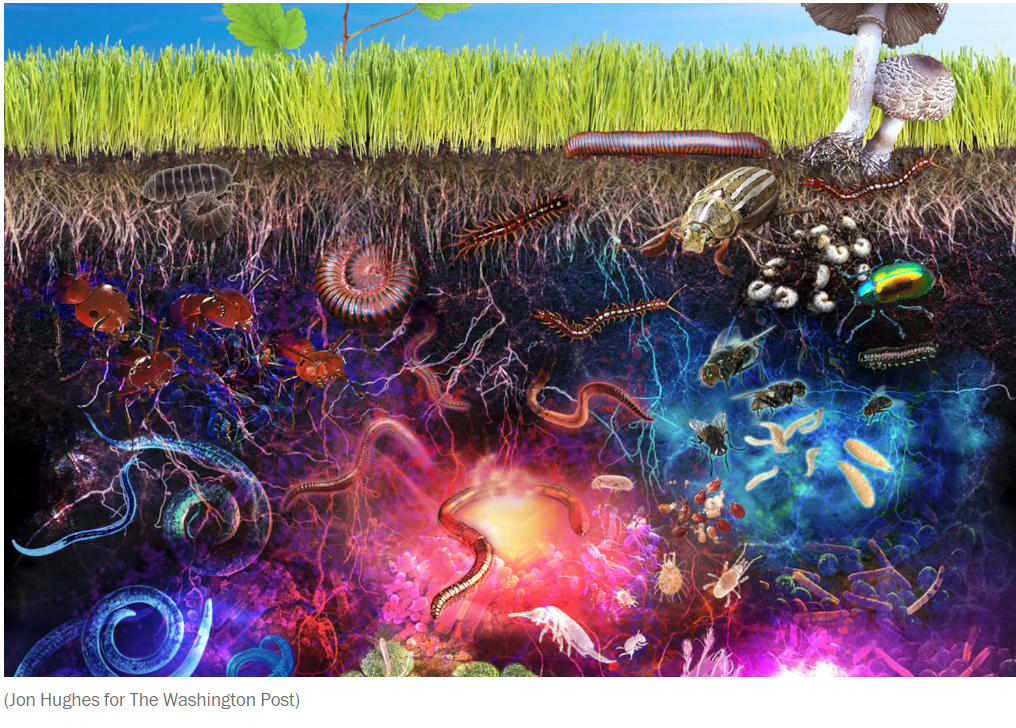
In addition to Bacteria and Fungi, there are several other layers in the soil food chain, with each one essential to the functioning of the system. These include Protozoa, Algae, Invertebrates such as Nematodes and Earthworms, and various other insects.
It has been estimated that up to 7 billion microbes live in one tablespoon of healthy soil, yet they are so small that we cannot see them with the naked eye, so often their roles and importance are overlooked. Take for example Nematodes, these tiny worms are often thought of as a disease-causing pest, and while a certain group of them do damage plant’s roots, if you attempt to remove the most abundant animal on earth by number, your soil will lose a key layer of the food chain, thus nutrient cycling and other important functions of the soil will be severely disrupted.
The application of harmful chemicals such as Synthetic fertilisers, pesticides, herbicides & nematicides severely disrupts these natural cycles in the soil, leading to a variety of other problems that can only (temporarily) be fixed with more chemicals before the soil becomes lifeless and infertile, turns to dust, and inevitably washes or blows away.
As with all things in Nature, the balanced cycle of nutrients determines the cycle of life.
The 5 “fundamental” elements sustaining all living things on earth are:
- Carbon
- Oxygen
- Hydrogen
- Nitrogen
- Phosphorous.
There are, however, 94 elements that occur naturally and approximately 60 elements occurring in the human body, most of which have origins in our food, and therefore in our soils. Since the invention of Synthetic fertilizers, there has been a predominant focus on the Major Nutrients that are required by plants: Nitrogen (N), Phosphorus (P) and Potassium (K). Unfortunately, there was an underappreciation of the importance of the other 27 elements which are essential for Plant Health.
Every day new research is unlocking the importance of these minor and trace elements in plant and crop health, as well as in human health. If the elements are not available in sufficient quantities in the soil, then it is likely that they will be deficient in the plant. Therefore, it is essential that soils contain the required elements and in the required quantities.
When harvesting plant matter from our farms, we essentially remove these elements from the soil. Some Nutrients will be replenished through natural cycles, especially where soils are healthy, but others will be lost, and the soil becomes deficient.
Conversely, excesses of any element can be equally harmful. Often the overapplication of Synthetic Nitrogen will cause plants to grow too quickly, resulting in “soft growth” which makes the plant vulnerable to pests, diseases, and environmental stress. Excesses of other nutrients can block the absorption of other crucial compounds in a plant. Another common example of Nutrient toxicity is seen when farmers apply too much animal manure. Because the quantity applied is generally based on meeting the amount of Nitrogen desired, they can accidentally end up with too much such as Sodium & Phosphate. Excess Phosphate diminishes the absorption of Iron (Fe), Manganese (Mn) and Zinc (Zn) in the plant.
Talborne’s s fertilizers do not contain any animal manure.
Understanding soil pH is also essential because if the soil is too acidic or alkaline, it prevents the uptake of certain nutrients, and it will affect the soil microbiome making the habitat more conducive to Bacteria that prefer a more alkaline condition or Fungi that prefer more acid conditions.
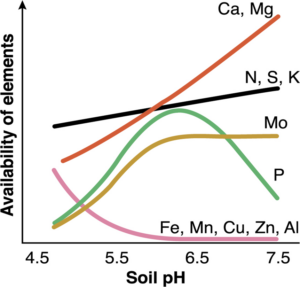
Every grower should aim to balance the nutrient requirements of the crop with the available nutrients in the ground, correcting deficiencies, and excesses.
Soil, leaf, and sap analysis are wonderful tools to ensure this balance is achieved. Talborne strongly recommends that growers continuously monitor their soils and keep a record of their interventions to optimize the uptake of nutrients that their crop requires.
Fertilizer which does not supplement the soil’s deficiencies to meet the crops’ requirements or has too low levels of nutrients, means a compromised yield, poor quality, and wasted budget.
Too much fertilizer or the incorrect balance of nutrients for the crop is a waste of money and can even cause toxicity – again leading to poor yields and quality.
Soil is made up of mineral particles, organic matter, water, air and living organisms. The mineral particles are a mixture of sizes. The larger particles are sand, and the smaller particles are called silt and clay. The size and composition of these particles gives the soil a physical property that determines many other properties such as water retention, nutrient leaching, cation exchange capacity (CEC), aeration, compaction, and many others.
Understanding the type of soil that you are planting in is essential for planning your crop nutrition requirements. For example, soils that mostly contain sand and very little clay or silt are known as sandy soils. These soils allow for water to drain very quickly and are prone to losing nutrients to leaching. In order to help these soils’ maintain their nutrients, replenish with organic matter like compost and natural organic fertilizers.
Another example of physical properties impacting on crop health: Soils that contain a lot of clay will become easily compacted limiting root development. Poor drainage can create anaerobic conditions that could lead to pathogenic microbes becoming dominant in the soil, causing plant diseases like root rot. Soil scientists and agronomists will be able to provide more insight into how these factors affect your farm.

What is Healthy Soil?
Soil health is defined as the continued capacity of soil to function as a vital living ecosystem that sustains plants, animals, and humans. Soil does all this by performing five essential functions:
- Regulating water – Soil helps control where rain, snowmelt, and irrigation water goes. Water flows over the land or into and through the soil.
- Sustaining plant and animal life – The diversity and productivity of living things depends on soil.
- Filtering and buffering potential pollutants – The minerals and microbes in soil are responsible for filtering, buffering, degrading, immobilizing, and detoxifying organic and inorganic materials, including industrial and municipal by-products and atmospheric deposits.
- Cycling nutrients – Carbon, nitrogen, phosphorus, and many other nutrients are stored, transformed, and cycled in the soil.
- Providing physical stability and support – Soil structure provides a medium for plant roots. Soils also provide support for infrastructure such as buildings and protection for archaeological treasures.
The main principles to manage soil for health are:
- Maximize Presence of Living Roots
- Minimize Disturbance (Physical and Chemical)
- Maximize Soil Cover
- Maximize Biodiversity
As world population and food production demands rise, keeping our soil healthy and productive is of paramount importance. By farming using soil health principles and systems that include no-till, cover cropping, and diverse rotations, more and more farmers are increasing their soil’s organic matter and improving microbial activity. As a result, farmers are sequestering more carbon, increasing water infiltration, improving wildlife and pollinator habitat—all while harvesting better profits and often better yields.
- Maximize presence of Living Roots
- Minimize Disturbance (Physical and Chemical)
- Maximize soil Cover
- Maximize crop Biodiversity
As world population and food production demands rise, keeping our soil healthy and productive is of paramount importance. By farming using soil health principles and regenerative systems that include no-till, cover cropping, and crop rotations, more and more farmers are increasing their soil’s organic matter and improving microbial activity.
As a result, farmers are sequestering more carbon, increasing water infiltration, improving wildlife and pollinator habitat—all while harvesting better profits though reduced inputs and better yields.
Soil degradation describes what happens when the quality of soil declines and diminishes its capacity to support animals and plants. Soil can lose certain physical, chemical, or biological qualities that underpin the web of life within it.
Soil erosion is a part of soil degradation. It’s when the topsoil and nutrients are lost either naturally, such as via wind or water erosion, or due to human actions, such as poor land management.
It takes hundreds of years to form just one Inch of soil, yet it can be lost in 10 – 20 years.
A third of the world’s soil is moderately to highly degraded, threatening global food supplies, increasing carbon emissions, and foreshadowing mass migration. A change in farming practices has never been more urgent.

Subscribe for more
Want to be updated on Talborne products, Information & promotions add your email to sign-up
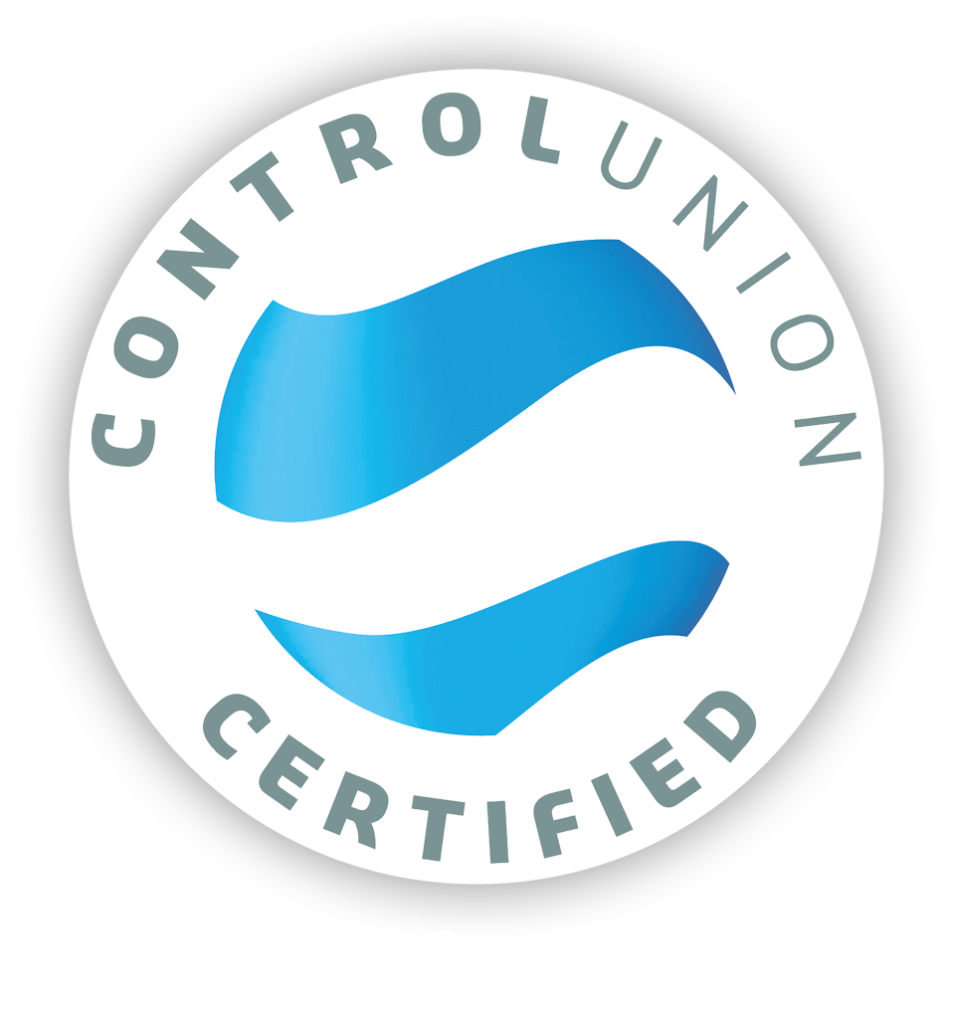
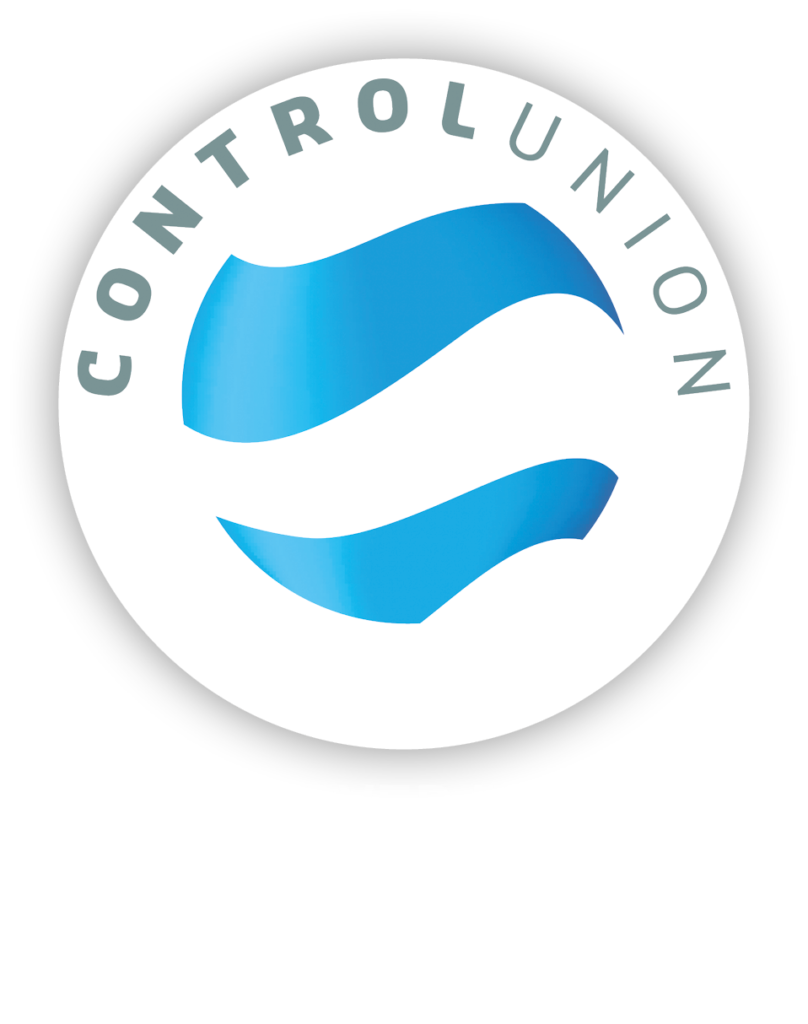
Contact
- +27 61 454 9632
- +27 13 933 3172
- +27 13 933 3603
- 079 896 5814
- Info@talborne.co.za
- 9 Tungsten str, Ekandustria, Bronkhorstspruit, GP, RSA



Copyright 2022 by Talborne Organics (Pty) Ltd.
Terms & Conditions / Privacy Policy / Sitemap


